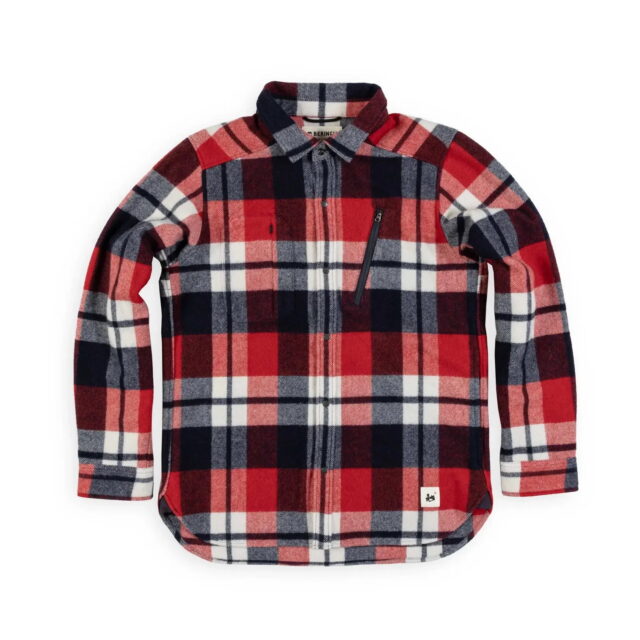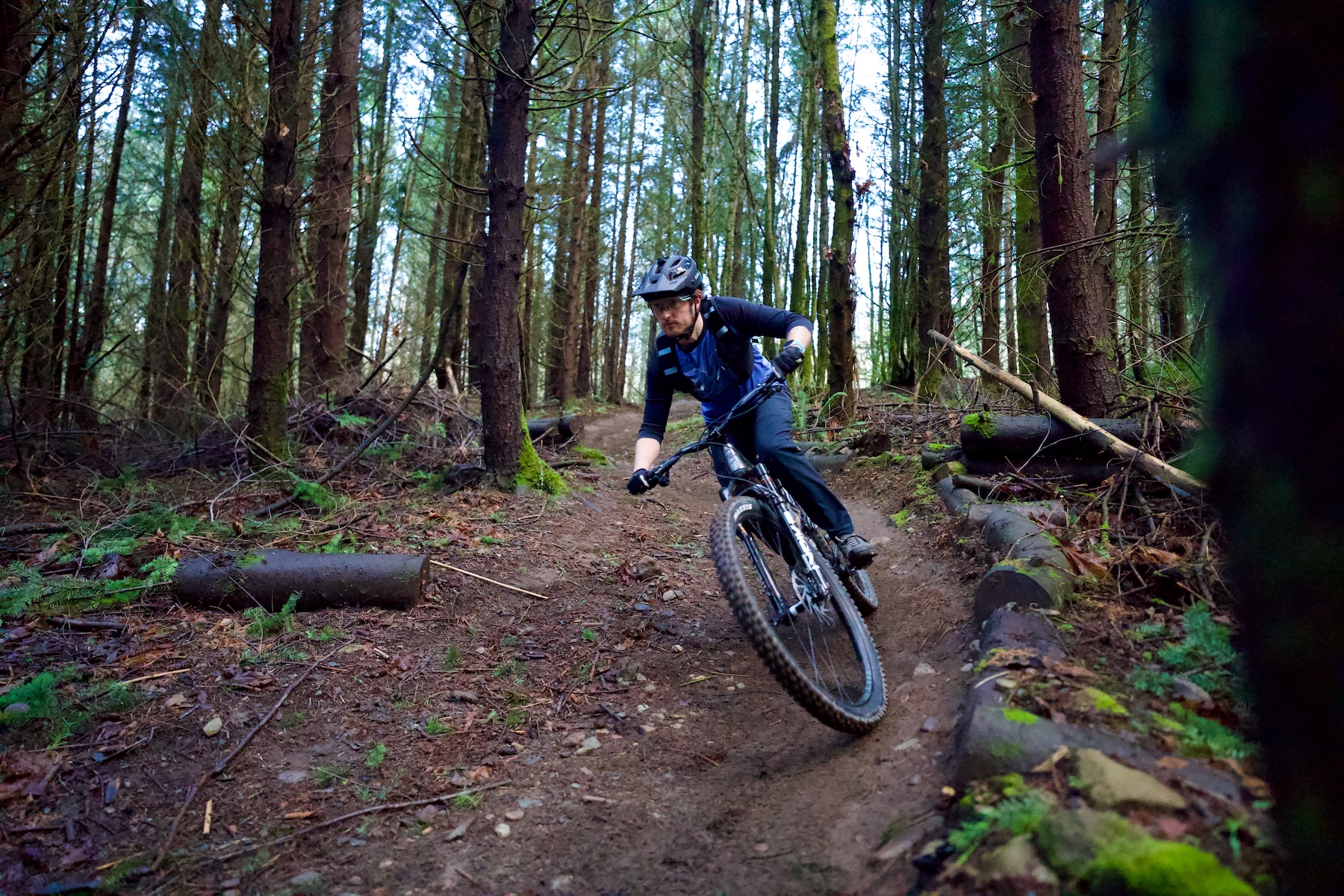
Intro
Most of our reviews are pretty long — and take a long time to produce — because we want to provide enough info for you to determine whether the gear we tested will work well for you.
But we get asked to check out an increasingly wide range of products, and sometimes, we just want to tell you about something we’ve been using and loving lately.
That’s where this monthly series — Stuff We Like — comes in. It’s where we keep you current on a broad range of things we’re digging. Check out this month’s submissions, and let us know if there’s any gear you’ve been loving!
Arms of Andes Alpaca Wool Boxer Briefs
MSRP: $40 USD
David Golay: I already gave the Pullover Hoodie from Arms of Andes a shoutout in last October’s iteration of Stuff We Like, and I’m a big fan of their boxer briefs, too.
The biggest selling point in my book is that the alpaca wool fabric used for everything but the elastic waistband does an especially good job of wicking sweat, drying quickly, and not feeling or smelling too gross even after being worn for several consecutive days of high-output activity. If you’re trying to pack light while backpacking, on a hut trip, or anything else along those lines, they’re super nice. The alpaca wool fabric is also quite soft and comfortable, with little of the scratchy sensation you sometimes get with merino wool items.
My only point of caution is that the boxer briefs run somewhat small. I’ve been wearing them in my usual size medium and they work for me but are appreciably tighter than average for size medium briefs. I could probably wear a large comfortably too, though I’m usually closer to wanting to size down to a small with most other brands rather than size up.
Get the sizing right, though, and the Arms of Andes Boxer Briefs are excellent.
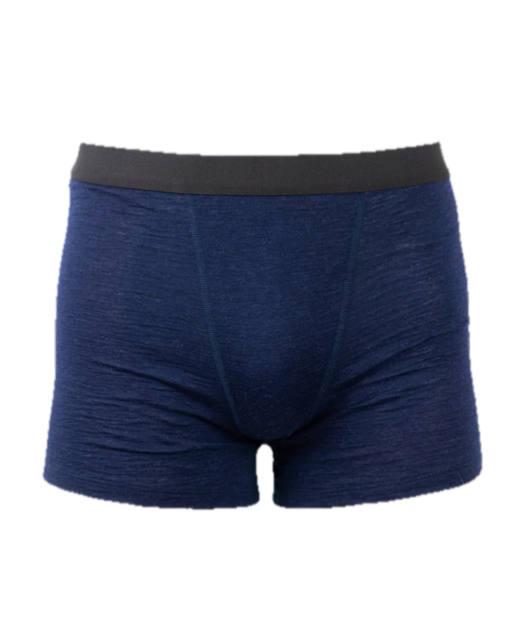
Flylow Truckee Down Parka
MSRP: $270 USD
Kara Williard: This season started as the coldest winter I’ve ever experienced here in Gunnison, and I am not sure I would have made it through without the daily use of the Flylow Truckee Down Parka. This is a super warm, cozy, and protective / oversized, insulated coat that makes for the perfect jacket for daily use in getting around town.
New for the season, the Truckee Down Parka is coated with Flylow’s new PRF-Free DWR, so it’s water-repellent, which is always a bonus in an insulated jacket that I want to use as a versatile, daily driver. It also features “Greenloft” insulation which is Flylow’s proprietary packable, synthetic insulation. This combo makes for an extremely warm and protective jacket. From -20°F days in the Gunnison Valley, to cold and snowy days walking around the streets of Japan, the Truckee Down Parka has been a go-to this season.
My daily driver for the past several years was Flylow’s Kenzie Jacket which is similar in fit and function to the Truckee Down Parka, though I do find the Truckee Down Parka to be overall warmer and more protective, but also slightly less suited for more active-use. For example, on really cold days I have justified skiing in the Kenzie Jacket, whereas the Truckee Down Parka is less breathable and seems a little overkill for skiing or other activities.
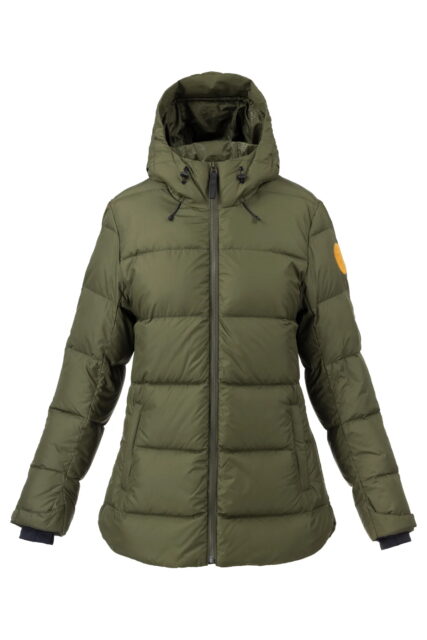
On the flip side, it is truly one of the warmer and cozier jackets I own. So far, it has also proven quite durable after plenty of daily use. It’s also fairly packable considering how puffy and warm it is, meaning it comes with me most places I go. If you’re looking for a very warm and protective overcoat that will keep you warm on even the coldest of days, I recommend the Flylow Truckee Down Parka.
Shimano Equinox 5 (CE-EQNX5) Riding Glasses
MSRP: $120 USD
Zack Henderson: I almost never hit the trail without some sort of eye protection, and unless I’m in a full face helmet that usually means I’m wearing some form of cycling glasses. I’ve tried a whole bunch of different designs from Smith, 100%, and others, but I’ve found a new favorite in the recently released Shimano Equinox 5.
Unlike big, ultra high coverage glasses (think Smith Wildcat), the Shimano Equinox 5 is far less bulky while having a lower profile and flatter upper portion of the lens, which seems to play well with the several helmets that I’ve tried them with.
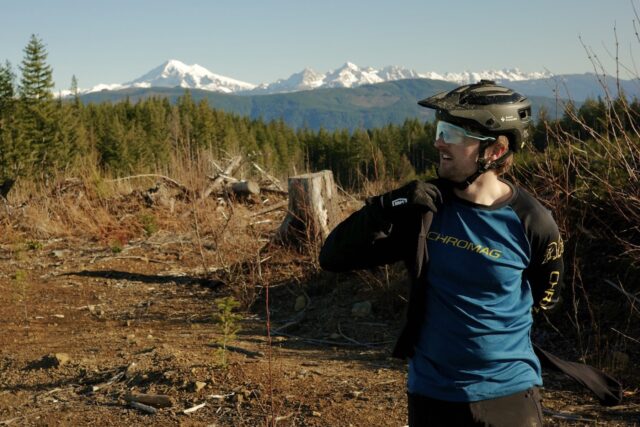
They don’t have the same goggle-like coverage that larger glasses do, but they also seem to fit fairly close to my face, helping minimize the gap between the glasses and my cheeks that often poses as the point of ingress for trail debris. The tailored fit is also helped by the fact that they aren’t particularly wide, but folks with wider faces could very well find them a touch narrow.
While it’s almost always clear lens season here in the Northwest, I was impressed by the darker RIDESCAPE Offroad lens that came with my particular configuration. Shimano’s RIDESCAPE tech is their version of a contrast-boosting lens treatment, like Smith’s ChromaPop, Oakley’s Prizm, etc. Shimano offers multiple configurations of the RIDESCAPE lenses with the Equinox, with the Offroad lens being the lightest tint tailored to mountain bike scenarios.
The RIDESCAPE Offroad lens is still a touch too dark for the very dense canopy we have around here, but it fared very well on most gravel rides and on some trips to sunnier locales with more open terrain. The contrast boosting is effective without creating off colors, and the tint feels nicely balanced to provide sun protection while keeping things bright enough to see on a cloudier day or when passing in and out of more widely spaced trees.
For their $120 asking price, the Shimano Equinox 5 stands as an impressively good value, costing a fraction of the asking price of some larger and more popular brands. While Shimano’s glasses range offers a few other appealing designs, the Equinox 5 seems to check all of the boxes for me.
K2 Orton Snowboard Boot
MSRP: $449 USD
Jed Doane: The newly redesigned Orton snowboard boot from K2 has generated a lot of buzz. Sage Kotsenburg’s boot is backcountry-freeride focused, with new design tweaks designed specifically for high-impact riding and durability. I’ve been riding it for the past few months, and have been very impressed by the clean design, with a minimal number of seams and parts to maximize durability.
The Orton uses a single-piece lower, which wraps the foot and extends up to the ankle. The softer materials traditionally used in snowboard boots change their rigidity over time, leaving many riders with different-feeling boots by the end of a season. Time will tell if this changes the longevity of the boot’s original flex, but so far after ~20 days I’ve noticed no changes. By removing additional stitching, there’s also a significant durability improvement with a single-piece lower zone.
The fit is similar to other K2 boots I’ve tried in the past — slightly on the narrow side, with good heel hold, and the Intuition liner has molded well to my feet. I’ve used a few different insoles with success, though as is often the case, the stock insole will not work well for those with much of an arch.
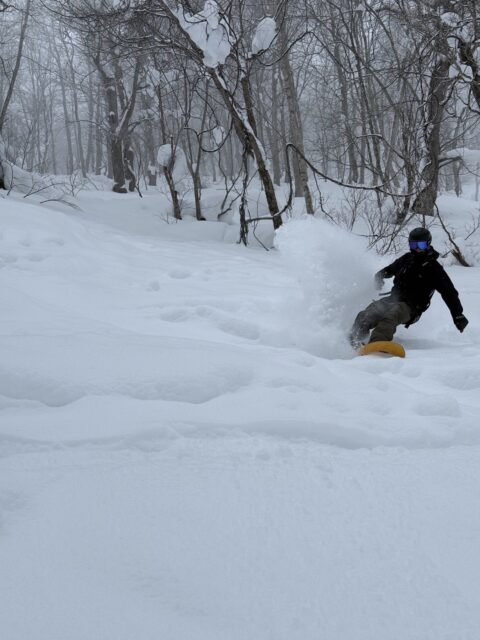
BOA’s technology is heavily featured in the Orton. It’s a dual BOA design with dials for the upper and lower portions of the foot, both of which use newer soft cables as opposed to the sharp steel cables of prior generations. The upper zone features BOA’s H4 coil, which is designed to automatically release for significant impacts and be easy to replace. Fortunately, I haven’t had to use this feature.
K2 rates the flex as 8/10, but I’ve found it to be on the stiffer end of a mid-flex boot — maybe 6.5 or 7. That said, as with most boots, stiffness will be directly affected by how tight the upper zone is laced. With many zonally-laced boots, I’ll have to loosen the upper zone for a few days to break them in, but the articulating cuff on the Orton had almost no break-in time. I took the Orton splitboarding and found that it stepped well with the upper zones loose, smooth flexing without pinch points.
I’d say the Orton has average board feel and above-average cushion, with a Vibram V5 sole and K2’s Harshmellow technology providing cushioning. Other features include a very easy-to-use and pinch-free internal harness and a lace gaiter, which is a trend in many freeride-focused boots recently. I haven’t had issues with snow getting into my gaiterless boots in the past and view these gaiters as more decorative, but the Orton’s gaiter is the easiest to use out of any boot I’ve worn, and has a loop that interfaces with the lace hook on many snowboard pants.
If mid-stiff, smooth-flexing, durable boot sounds appealing, the K2 Orton is worth a close look.
Lezyne Shock Digital Drive
MSRP: $125 USD
David Golay: Reviewing bikes involves a lot of time working on suspension setup. I’m constantly cycling through different bikes and starting from square one setup-wise, and that in turn means I’m doing a whole lot of inflating and deflating forks and shocks, particularly to change volume spacer configurations. Pumping up a fork or high-volume air shock from 0 psi with a regular shock pump takes a while.
Enter the Lezyne Shock Digital Drive: it’s essentially a shock pump in a floor pump form factor, and it’s capable of reaching the high pressures needed for suspension (up to 350 psi) but with a much, much higher flow rate than normal shock pumps. It’s saved me a ton of time and effort over the years.
In addition to the unique form factor, it’s just a nice pump in general. The digital gauge is easy to read and consistent; the zero-loss chuck takes a moment to learn but works great; and everything feels well-built and solid. The only real downside is that the Shock Digital Drive delivers so much air per stroke that it’s not the best for doing fine micro-adjustments of air pressure — a single full stroke makes a big difference.
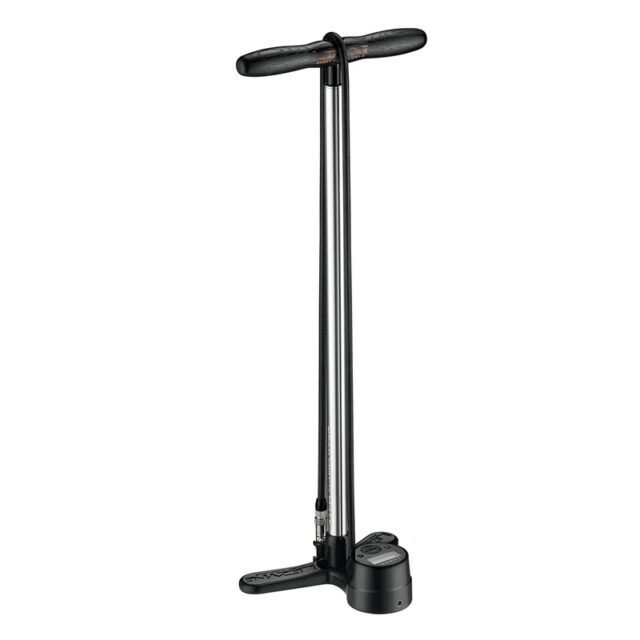
That’s really the point, though, so I’m more than happy to use the Shock Digital Drive when making large-scale changes and a conventional shock pump for finer ones. It’s definitely a luxury, but especially for shops or other folks doing a lot of suspension work, it’s great.
Brage Vestavik’s Planet Alaska
MSRP: Free
David Golay: Okay, so I’m kind of bringing a slice of our dormant What We’re Watching series to Stuff We Like, but Brage Vestavik’s new film, Planet Alaska, is spectacular. To say that I like it is an understatement.
My favorite ski movie segments from over the years are big mountain Alaska parts. I don’t mean to take anything away from other sorts of ski movie segments, where people are doing all kinds of incredible stuff, but there’s something about watching folks just charge in really massive terrain that tends to speak to me in ways that more trick-heavy skiing — as mind-blowing as so much of that is — often doesn’t.
In Planet Alaska, Brage has made a mountain bike film that feels entirely in keeping with the style of so many big mountain skiing films over the years. There’s essentially no riding on established, built-up trails at all — just Brage sending it down mind-warpingly big faces, mostly in terrible-looking loose scree with sizable rocks rolling behind and past him. It’s a melding of big mountain ski-style terrain and filmmaking with mountain biking in a way that I haven’t seen before, and it’s really damn impressive.
Spaceslug (and Good Friends)
MSRP: Available on various streaming platforms and priceless, respectively
David Golay: I’ve already gone off script here with Planet Alaska, above, so I might as well keep going.
A few days ago (just hours before I went to see Uncle Acid and the Deadbeats live, incidentally) I got a text out of the blue from an old friend. It just read “Found these guys today. Think this is up your alley” with a link to Spaceslug’s 2017 EP Mountains & Reminiscence. I wasn’t familiar with Spaceslug, but they’re a Polish band, making psychedelic doom metal, mostly about outer space. Not only was Adam right that I’d be into them, but he picked what is very likely my favorite album from their entire catalog as my introduction to them.
It’s always a treat discovering a new-to-you artist that you’re very into. But having a decades-spanning friendship with someone who knows me well enough to drop in and absolutely nail my taste — and think to do so — even though we don’t talk that often these days, and haven’t seen each other in person in years is what’s really special. Thanks, Adam. Let’s catch up soon.
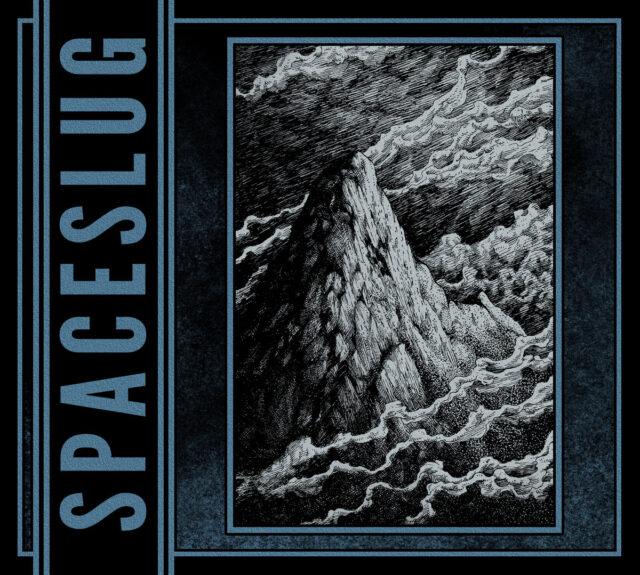
The Best Short Stories 2024
MSRP: $19 USD
Zack Henderson: David’s submissions here have also inspired me to recommend something that is decidedly not gear, but is my favorite book I’ve read so far this year — though that’s kind of cheating, because it’s actually a compilation of 20 short stories. The O. Henry Prize is a big deal in fiction, focusing specifically on short stories, and The Best Short Stories 2024 compiles all of those stories into one book. I used to dabble in writing short fiction while I was still in school, but I am a huge fan of short stories for the often potent emotional impact that they can have while serving as a medium for self-expression that is arguably a bit more pointed than longer form, plot-driven novels.
The Best Short Stories 2024 is a widely varied set of stories that are beautifully written, but also deeply thought provoking. The stories are deeply human with life lessons abound, and I found myself spending multiple days mulling over some of them. If you’re into fiction, it’s hard to overlook this curated collection — I’ll be eagerly awaiting the 2025 edition.

Hestra Ergo Grip Active Glove
MSRP: $115 USD
Jed Doane: Gloves have to deal with a lot when in the skin track — sweaty uphills, fumbling with frozen or slushy gear, the occasional fall into deep snow, and so on. Finding the right touring gloves has been a decade-long process for me, and after going through various liner gloves, old pipe gloves, and most recently the OR Stormtracker glove (which I found decent other than the cuff height), I’m pleased to have found the Hestra Ergo Grip Active gloves.
I found these classic gloves from Hestra while looking for a shorter-cuff, durable option, attracted by the reinforced goatskin palm and a Gore Infinium backing with a short cuff. After a few months of splitboard testing in conditions spanning hot sunny days in the Cascades to frigid Hokkaido mornings, these are the closest I’ve found to a Goldilocks skinning glove. The balance of protection and water resistance with great breathability is very impressive, and for me, the Ergo Grip Active is the perfect skinning glove.
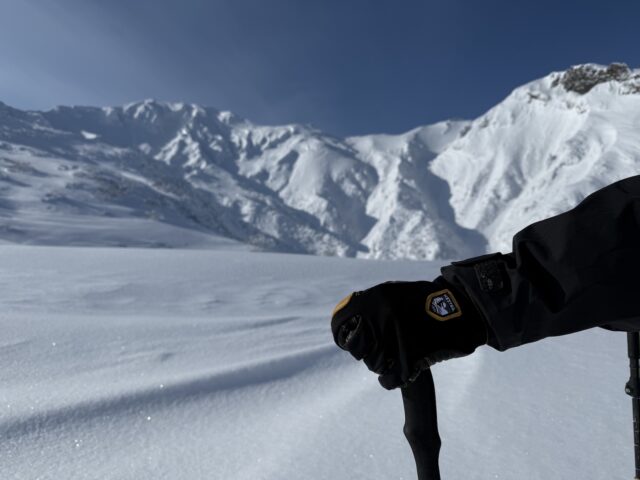
I also like the wide range of sizes for a dialed fit, which is very important with a thin, high-dexterity glove. Despite its dexterity, the reinforced leather palm has handled the abuse of buckles, touring poles, and shovel use quite well, and offers just enough water resistance, especially when treated with leather balm (I use Hestra’s own balm). On warmer days, I’ll wear them both uphill and downhill all day. They’re not 100% waterproof, and the fingers do wet out with enough snow exposure, but the breathability and durability make them far more useful than other fully waterproof gloves I’ve tried.
Royal Robbins Men’s Wilder Pant
MSRP $120
Noah Eckhouse: Finding good adventure/travel pants is never easy for me. For reasons that many BLISTER members may empathize with, I have big thighs relative to my waist size. Blame it on a lifetime of skiing and cycling, but properly fitting pants can be elusive for me.
Fortunately, when I pulled in a pair of Royal Robbins’ Wilder Pant, I could immediately tell we had a match. Fitted in the waist and butt, wider in the thighs, and nicely tapered from knee to ankle, they fit well enough, and are finished nicely enough that my wife said they’d be fine in an office setting.
Royal Robbins describes this pant as “a comfortable, versatile adventure pant featuring a high-rise barrel-leg fit for women and a tapered-leg fit for men with a double-layer at the knees for durability.” The fabric is a lightweight and wrinkle-resistant recycled nylon with just enough stretch, and the gusseted crotch that allows for a wide range of movement.
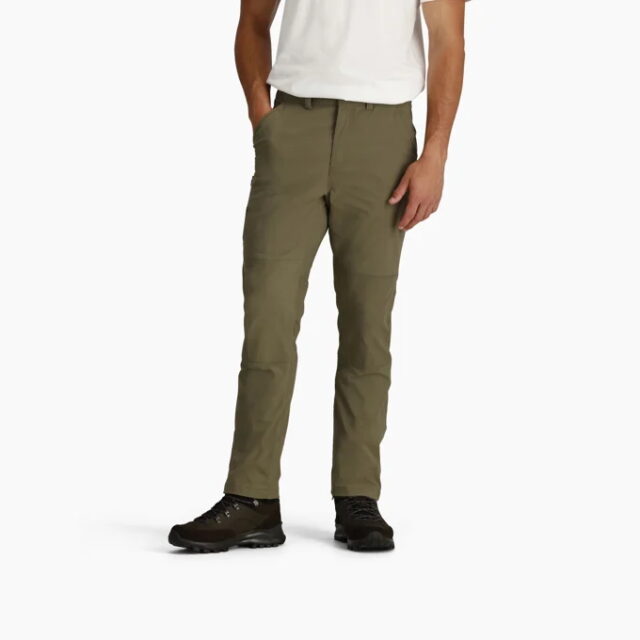
I wore these pants for a week, all over the Gunnison valley and then decided to put them to the ultimate test: wear them to BLISTER Summit. Over two back-to-back twelve hour days, these pants kept up with me — from setting up vendors to running registration to being jammed into ski pants for two hours while I led a group mountain tour. I was very pleased with how they performed, shedding water when my bottle leaked all over them, and dealing with moisture when skiing hard.
The Wilder pants have all the technical features I want in a travel/adventure pant, but still look dressy enough to wear to work or a night out. I appreciate the discreet zippered thigh pocket, deep slash hip pockets, and sturdy belt loops. They are also billed as containing Royal Robbins’ MPT mosquito protection technology. Sadly, with the snow still flying here in Crested Butte, I wasn’t able to put them to the test – but I will be packing them for a trip I have planned to Japan this spring.
I continue to be impressed with all of the Royal Robbins clothing items that I have tried, and I expect to put in a lot of miles on my pair of Wilder pants in 2025. They are technical without looking techy, well-made and durable while remaining stylish, and easy to care for.
Beringia Farallon Shirt
MSRP: $300 USD
Jed Doane: The Farallon is Bozeman-based Beringia’s take on a flannel, and it’s a bit different from the many that I’ve worn in the past. The fabric is a light, airy wool blend spun in Bishu, Japan, that is very warm for its weight (measured weight for my size Large is 606 grams). There is also an insulated version for even more warmth, though I haven’t tried it.
The Farallon shirt has well-placed vents in the back of each of the shoulders that make it much more mobile than the average flannel. The front button closure is easy to operate and adjust, and ditches classic flannel button pockets in favor of two asymmetrical zippered chest pockets. The elbows are reinforced with low-profile patches, which hopefully bodes well for long-term durability, and I can’t feel them when flexing my elbows. My only gripe, which has been echoed by others that have worn this shirt, is that there is only one hand warmer pocket located on the left side.
I’m relatively slim at 6’2’’, 165 pounds, and I found this jacket to fit well in a size Large. I’d describe it as a slim fit, with long arms. The sleeves are button closure, and they’re easy to roll up as-needed.
Those looking for a lightweight but warm flannel that sticks out from the crowd in both fabric and design should check out the Beringia Farallon shirt.
